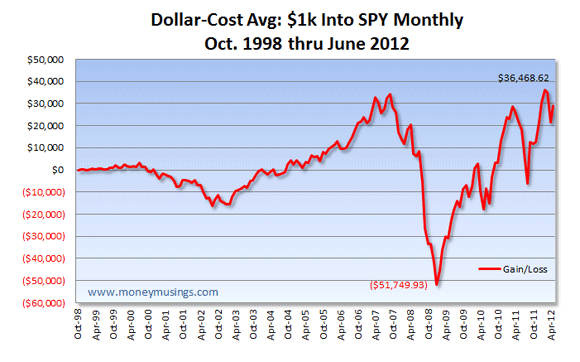Not going to be much intro to this one. I’ll just repeat here the old adage: “If you can’t tell who the sucker at the table is, then it’s you.”
LA Times: FHA Gives Defaulters Another Chance
Unsurprisingly, it seems the FHA is bankrolling (well, guaranteeing) lots of “rebound buyers” in this latest round of home-buying hysterics. What’s a “rebound buyer,” you ask? Well, it’s gals and guys like Hermes Maldonado:
After two foreclosures and two bankruptcies, Hermes Maldonado is as surprised as anyone that he’s getting a third shot at homeownership.
The 61-year-old machine operator at a plastics factory bought a $170,000 house in Moreno Valley this summer that boasts laminate-wood floors and squeaky clean appliances. He got the four-bedroom, two-story house despite a pockmarked credit history.
The last time he owned a home, Maldonado refinanced four times and took on a second mortgage. He put a Cadillac and Mercedes-Benz C300W in the driveway and racked up about $45,000 in credit card bills and other debts. His debt-fueled lifestyle ended only when he was forced into bankruptcy.
His reentry into homeownership three years later came courtesy of the Federal Housing Administration. The agency has become a major source of cash for so-called rebound buyers — a burgeoning crop of homeowners with past defaults who otherwise would be shut out of the market.
Good thing the nastiness of 2008 was all Wall Street’s fault, huh? What would we EVER do without government agencies like the FHA around, making things all better?
Oh, and there is one more completely-unrelated story which I’d like to share:
NY Times: FHA Audit Said to Show Low Reserves
So, yeah … cruise on over to these two stories. And try to hold down your lunch.


